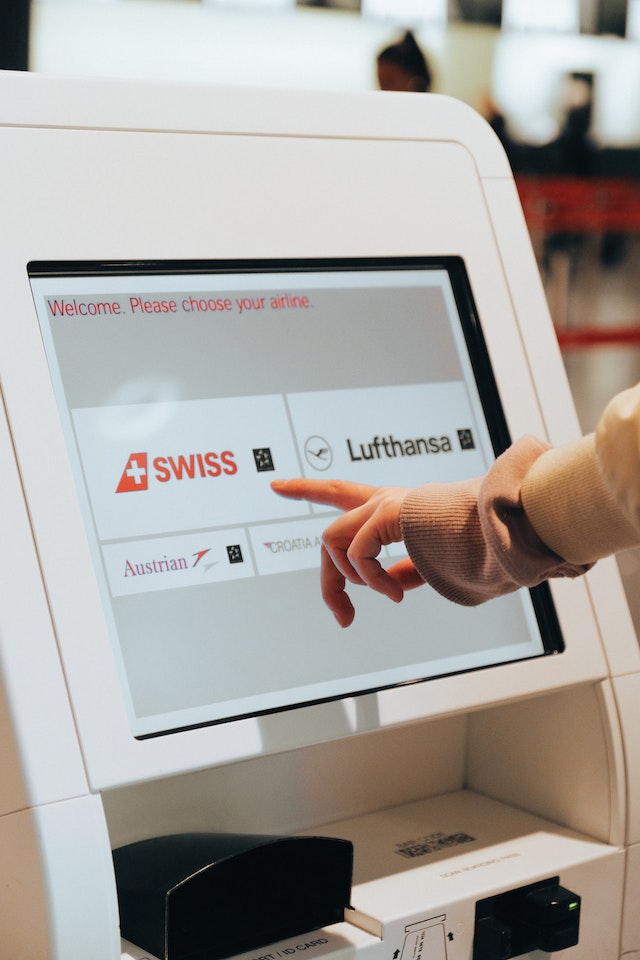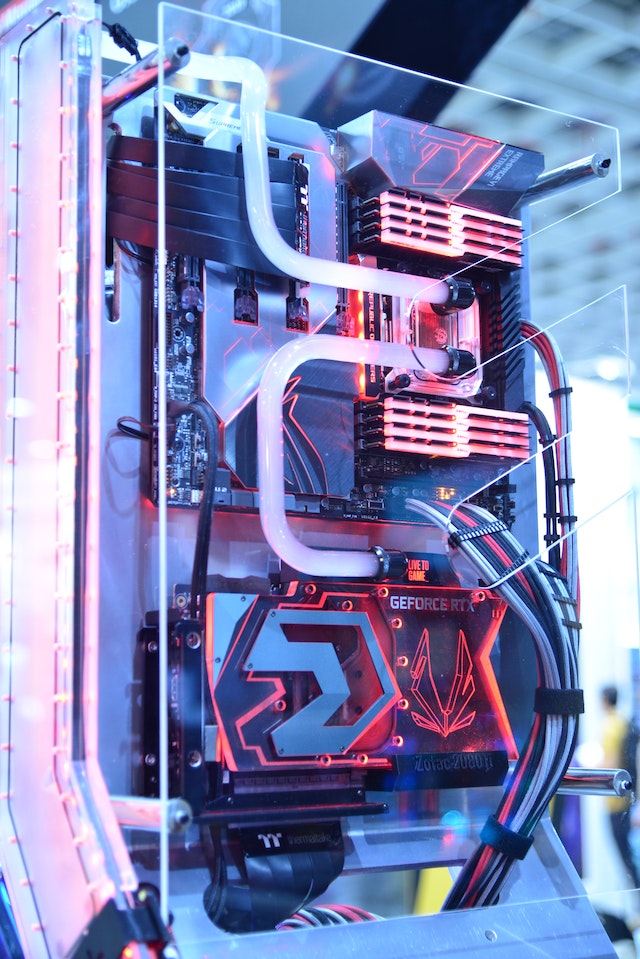Biometric Authentication and Its Security Benefits In today’s digital age, where personal information and sensitive data are constantly at risk. The need for robust and dependable authentication methods is paramount. Biometric authentication is a cutting-edge technology that depends on unique physiological and behavioral characteristics.
It has emerged as a powerful solution to enhance security and protect sensitive information. This article examines the concept of biometric authentication and delves into its myriad security benefits.
Understanding Biometric Authentication
Biometric authentication is a sophisticated technique for confirming people. Identity by analyzing their distinct physical or behavioral quality. These features include fingerprints, voiceprints, iris patterns, facial features, and even gait. Unlike traditional systems like passwords and PINs, biometrics are nearly impossible to replicate. They provide a higher level of security.
Security Benefits of Biometric Authentication
Unparalleled Accuracy: Biometric authentication possesses an unparalleled level of accuracy. They often surpass other procedures like passwords or ID cards. This is because biometric characteristics are unique to each people and remain relatively constant over time.
Non-Repudiation: With biometric authentication, it becomes extremely difficult. For people to reduce their actions. As their physical or behavioral traits directly tie them to a specific transaction or activity.
Reduced Fraud: Biometric traits are inherently difficult to forge or copy. They make it extremely challenging for malicious actors to impersonate someone else. This reduction in fraud contributes remarkably to overall security.
Two-Factor Authentication (2FA): Biometrics can be combined with other authentication elements. Like passwords or smart cards, to create a multi-layered security approach, making it even more challenging for unauthorized access.
Constantly Evolving: Biometric technology continues to develop. The advancements in machine learning and artificial intelligence. They enable better accuracy and adaptability. This ensures that the authentication process remains secure against emerging threats.
Reduced Dependency on Passwords: Passwords are often the weakest link in security systems. Due to human tendencies to use weak passwords or reuse them across multiple accounts. Biometric authentication makes less reliance on passwords, mitigating this vulnerability.
Improved Regulatory Compliance: In industries that require strict adherence to regulatory standards. Such as finance and healthcare, and biometric authentication. They can help organizations meet compliance requirements more effectively.
Quick Authentication: Biometric authentication techniques typically require only a few seconds to complete. They make them ideal for time-sensitive operations while maintaining a high level of security.
Read more: Chip Chick Technology and gadgets for Women
Privacy Protection: Biometric data is often stored in an encoded form. Adding an extra layer of protection to people’s personal information. Moreover, many biometric systems work on a match-on-device principle. Meaning the data never leaves the user’s device.
Challenges and Considerations
While biometric authentication offers a plethora of security advantages. There are also certain challenges and reflections that must be taken into account:
Biometric Data Protection: Storing and transmitting biometric data requires stringent security. They measure to prevent unauthorized access or data contravention.
Physical Changes: Certain biometric traits, such as fingerprints, can change over time due to elements. Like injuries or aging, potentially leading to authentication issues.
False Positives and Negatives: Biometric systems can sometimes produce false negatives (failing to authenticate an authorized person), or false positives (authenticating an unauthorized person). Although advancements in technology have significantly reduced these occurrences.
User Acceptance: Some people might be hesitant to adopt biometric authentication. Due to concerns about privacy and data security. Proper education and slide are critical to overcoming this hurdle.
Conclusion
Biometric authentication stands as a powerful technique. In the fight against cyber threats and unauthorized access. Its security advantages, range from unmatched accuracy. They reduced fraud and enhanced user experience. They make it an invaluable asset in safeguarding sensitive information. While challenges exist, continuous advancements in technology and a proactive approach.
Addressing concerns can help unlock the full potential of biometric authentication. They ensure a secure digital landscape. As organizations and people increasingly embrace this technology. The future holds promising prospects for a safer and more suitable authentication experience.
Faqs: (Frequently Asked Questions):
Q1. Which is the most important security risk in biometric authentication?
A. Spoofing, where attackers use fake biometric data. To imitate genuine users poses a significant security risk. Biometric authentication systems, undermine their reliability and effectiveness.
Q2. What is the most secure biometric authentication method?
A. Retinal scanning is often considered one of the most secure. The biometric authentication methods. As it captures unique patterns in the blood vessels of the retina for highly accurate identification.
Q3.What are the top three most common forms of biometric security?
A. Fingerprint recognition, facial recognition, and iris scanning are among them. The top three most common forms of biometric security. They offer unique and reliable user identification.
Q4.Which authentication factor is strongest?
A. The strongest authentication element is often considered to be something the user knows (knowledge-based). Such as a complex password or PIN, when combined with other factors.
Q5.What is the strongest form of authentication?
A. Biometric authentication, such as fingerprint or facial recognition. It is considered one of the strongest forms. They offer a unique and difficult-to-replicate identifier for enhanced security.



